A recent article by Cameron Duke at LiveScience got my attention with the title:
As I have often told you, almost 13,000 years ago, the entire crust of the Earth shifted over the core and mantle in one solid piece. The North Pole, which had been in Hudson Bay, appeared to move, quite suddenly, to it’s present position at 90 degrees North Latitude. In reality it was Hudson Bay that moved, along with the rest of the planetary surface, bringing the Americas about thirty degrees south, and taking eastern Asia and Australia about thirty degrees north. Of course if mainstream science, and governments, acknowledged these catastrophic pole shifts happen, and will happen again within decades, there would be panic on a level not conducive to helping anyone’s survival efforts.
So instead we see another article floundering for a good, acceptable solution to the “ice age” nonsense. The article says: “The traditional explanation — and short answer — for why ice ages begin and end is a series of eccentricities and wobbles in the planet’s orbit known as the Milankovitch cycles. Named after Serbian scientist Milutin Milankovitch, these cycles describe patterns in Earth’s orbit and axial tilt. Over time, our planet’s orbit around the sun alternates from being more circular to more egg-shaped. At the same time, our planet’s axis tends to both tilt and wobble. Milankovitch found that these factors combine at regular intervals to cause land at 65 degrees north latitude (a parallel that runs through Canada, Alaska and parts of Eurasia) to become warmer than normal and theorized that this warming and then subsequent cooling of the Northern Hemisphere explained the planet’s cycle of ice ages — or glacials — and warmer periods — or interglacials.”

“Many modern glaciologists don’t think the cycles’ reported ties to ice ages completely checks out. One issue is that when the glaciers in the Northern Hemisphere melted, glaciers in the Southern Hemisphere melted too…. it’s unclear how warming in one hemisphere would melt glaciers in the other — especially when… the Milankovich-driven changes in sunlight intensity that would produce warmer temperatures in the north would cause temperature drops in the south.”
“Another idea is that salty water pouring from the Indian Ocean into the Atlantic Ocean helped end the last ice age. The Indian Ocean had become super salty because a drop in sea level had cut off a critical current that flows from the Pacific to the Indian Ocean; normally, this current diluted the Indian’s very salty tropical waters. A change in wind patterns and currents in the Indian Ocean could have caused the Indian Ocean to dump tons of dense, salty water into the Atlantic Ocean, altering its currents and temperatures in both the Northern and Southern hemispheres.
More evidence is needed to know for sure if any of these hypotheses can actually explain why the last ice age ended. But glaciologists are continuing to look into this cold case.”
How about – there’s an “ice age” in Antarctica now because it’s at one of the poles. There was an “ice age” in North America when the North Pole was in Hudson Bay, and the continent is NOT under a mile of glaciers now when no longer centered over the pole. Siberia was warm and lush with giant herds of mammoths and other big animals because… it was thirty degrees farther south. They went extinct because there was a global catastrophe. There’s no such thing as an “ice age” when the entire planet gets much colder. But there are pole shifts.

